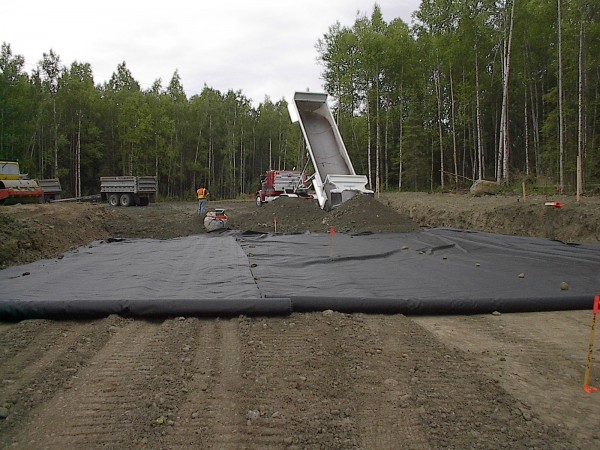Structural Pavement Section
Design:
Pavement
surfaces (asphalt, concrete, etc.), and the performance of a pavement surface
over time, are primarily controlled by the subgrade materials which underlie
the pavement and the presence (or lack thereof) of water in the subgrade (from
surface runoff, groundwater, etc.). In most cases, an engineered structural
fill section (i.e., pavement section) is constructed above the existing soils
in an effort to support the overlying traffic loads and reduce the potential
for differential settlements which can damage the pavement surface; resulting
in rutting, cracking, potholing, etc.
Properly
constructed pavement sections are especially important in cold-weather
climates; where (given the right conditions) freezing air temperatures can
result in the formation of ice lenses in the pavement subgrade. Ice lenses can result in the formation of frost
heaves and, upon thawing, significantly reduce the bearing capacity of the
subgrade by introducing large amounts of water into the subgrade. As a result, the State of Alaska and the
Municipality of Anchorage both require that engineered pavement sections be
designed for their road projects, runways, etc. to help reduce the potential
for frost-related damage and prolong the service life of the pavement surface.
There are
several factors to consider when developing design recommendations for a pavement
section, whether it be for a private driveway or parking lot, municipal or
state-operated road or highway, aircraft runway, or unpaved rural roadway. We have extensive experience designing
practical pavements sections which are well-suited for their location and
intended use. Furthermore, we understand that conventional road construction in
rural/remote Alaskan settings can be cost prohibitive, and we have developed
practical design options to help reduce construction and maintenance costs by
increasing constructability and extending the service life of the pavement
section.


